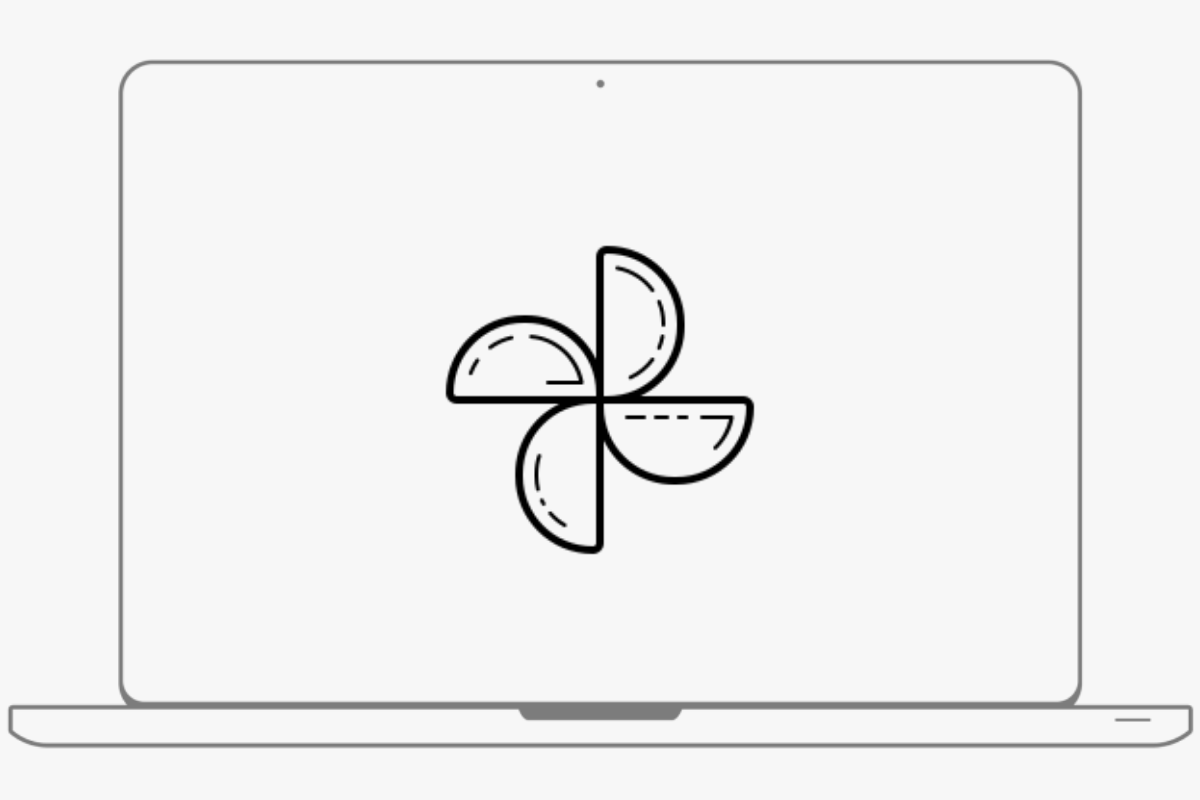

- #Using google photos on mac how to#
- #Using google photos on mac android#
- #Using google photos on mac Pc#
How to Backup Phone after Turning Off Google Photos Disconnect Account to Disable Google Photos Backup and Sync How to Turn Off Google Photos Auto Backup Here in this post, we will show you 2 simple ways to turn off Google Photos. You can turn off Google Photos auto backup or disable Google Photos sync to get rid of these cloud albums. To avoid a mess in Google Gallery app, you should adjust the Google Photos settings properly. However, you don’t like all pictures are uploaded into your Gallery app, especially for some ones posted or shared on the social network. After some settings and permissions, your mobile device will automatically upload your photos and videos to its cloud service.
#Using google photos on mac android#
Google Photos provides a convenient way to save and back up pictures and videos on your Android phone. I have tried some instructions to turn off Google Photos but nothing worked. This will lead you to relevant search results for the image, including the website which originally published this particular image.“How to turn off Google Photos? I’m using a Samsung galaxy Note 8 phone which runs an Android 7.1 version.

On the pop-up, Paste the URL of the image (that you copied in step#2) and tap on Search by image option. On the Desktop site, tap on the Camera icon to open Google Image search.ħ. Once you are on Google, tap on 3-dots menu icon and select Request Desktop Site option.Ħ. Copy the URL of the image from the new tab.Ĥ. Tap & Hold on the Image > select Open Image in a new tab option.ģ. Open Google Chrome > visit the website or social media page where the image is located.Ģ. Similarly, you can also perform a Reverse Image Search on Android Phone using Google Image search option.ġ. Reverse Image Search on Android Phone using Google This will land on Google Image Search results, listing both the original and other websites which had published this particular image. On the Desktop site, tap on the Camera icon to open Google Image search.Ħ. Once you are on Google, tap on the AA letters and select Request Desktop Website option.ĥ. Tap and Hold on the Image and select the Copy option in the menu that appears.ģ. Open Safari browser > visit the website where the image that you want to investigate is located.Ģ. Since, Google’s image search works best on a desktop site, you will be required to access the desktop version of Google to perform a reverse image search on iPhone.ġ. Reverse Image Search on iPhone using Google Most of the times, information provided by a reverse image search provides enough clues and reasoning to call out or debunk an article or social media page trying to push fake news. In the search results, you will find all the websites, including the original website on which this particular image first appeared. On the pop-up, paste the Image URL (that you copied in step#3) and click on Search by image button. Next, click on the Camera icon located in the Search Bar.Ħ. Go to in a new browser tab and click on Images link located at the top-right corner.ĥ. Right-click on the Image and select Copy Image Address option.Ĥ. Visit the website or social media page where the image is located.ģ.

Google’s Image Search works best on a desktop or laptop computer and it can be used irrespective of the web browser (Chrome, Safari, etc.) on your computer.ġ.
#Using google photos on mac Pc#
Reverse image search on PC and Mac using Google This information is further analyzed by trained people at Fact Finding websites to present a convincing report about a viral social media post or an article on a website being misleading or blatantly propagating lies. Performing a Reverse Image Search basically leads you to the original source of the image and also brings up access to other websites where the image was used. This has created a need or market for Fact Finding websites, which make use of Reverse Image Search to debunk lies, propaganda, half-truths and misleading information being spread on the internet. Going by popular saying “A Picture is Worth a Thousand Words” Fake News Websites and Toxic Social Media pages often misuse Photos and Images to convey misleading information.

Using an image or photo to search for information on the internet, instead of using a key word or phrase is known as “Reverse Image Search”.


 0 kommentar(er)
0 kommentar(er)
